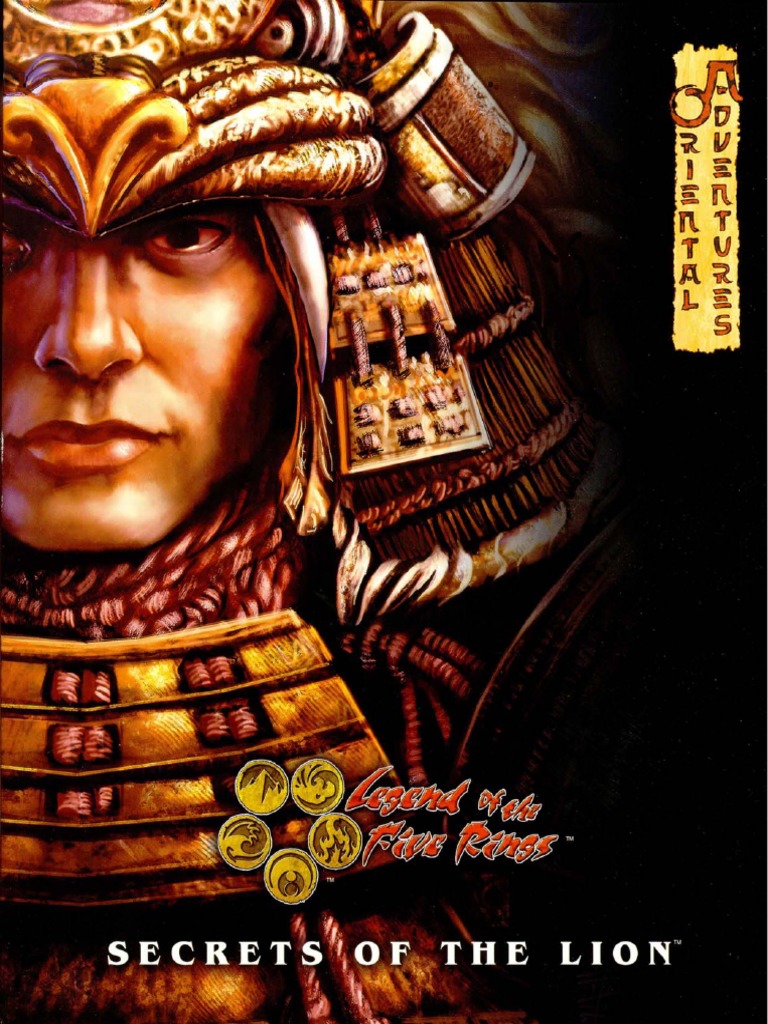The age of a lion is not merely a number; it is intricately woven into the fabric of its identity and survival within the wild. This majestic creature, often referred to as the “king of the jungle,” captivates our collective imagination, drawing the attention of researchers, conservationists, and enthusiasts alike. Understanding how to discern a lion’s age can provide invaluable insights into its life history, ecological role, and behavioral patterns. This exploration delves into the nuanced characteristics of a lion’s visage—particularly examining the phenomena of dental wear, mane development, and overall physical condition as markers of maturity.
The first aspect to consider when assessing a lion’s age is its dental structure. Lions, like many mammals, experience distinctive wear patterns on their teeth as they grow older. The eruption of teeth begins at around two years of age, when young lions first show the development of their adult dentition. By the time they reach maturity at approximately three to four years, their teeth are nearly fully developed. However, as they enter their senior years—around the age of ten and beyond—these once-strong dental structures start to exhibit significant signs of wear. Aged lions often showcase flattened molars and canines, particularly from continuous and rigorous use in their predatory lifestyle.
To contextualize these dental changes, it is essential to understand the lion’s diet and feeding habits. Lions are apex predators, primarily relying on large ungulates such as zebras and wildebeests. The act of consuming such prey subjects their teeth to considerable stress and abrasion. Consequently, the degree of wear can vary widely based on an individual lion’s hunting success and the types of prey they consume over the years. Applying this knowledge allows one to gauge not only the lion’s age but also its health and social standing within the pride. A toothless or nearly toothless lion may struggle to hunt effectively, making it more susceptible to starvation and social marginalization.
Next, one must consider the prominence of the lion’s mane, a distinctive feature primarily associated with male lions. The mane serves not only as a symbol of virility and strength but also as a significant indicator of age. Feminine traits, deemed aesthetically compelling, are certainly essential in lion prides; however, the majestic mane offers more than visual grandeur. Typically, a lion’s mane begins to grow at around one year of age, becoming fully developed between three and five years. Its coloration and quality ultimately fluctuates with age, environmental factors, and health status.
Younger lions often present with lighter, shorter manes, which may appear fuzzy or disheveled. As they transition into adulthood, their manes grow longer and thicker, ranging from a luxurious golden hue to a darker, almost black shade as they age. This change is not merely superficial; a darker and more voluminous mane can signal dominance to rival males and attract females. However, once a lion reaches its later years, the mane often becomes patchy, graying, and may even recede due to hormonal changes and the stresses of life in the wild.
Moreover, the breadth or girth of a lion’s body can serve as an auxiliary measure for estimating age. Lions, like other carnivores, will pack on body mass during their prime but may begin to experience muscle atrophy as they grow older. A young, healthy lion will appear robust and muscular, in stark contrast to the typically thinner profile of its aged counterparts. Therefore, alongside dental analysis and mane observation, one should also assess body condition to derive a more comprehensive picture of a lion’s age bracket.
The interplay between environment and lifestyle cannot be understated when evaluating a lion’s age. Factors such as territory size, pride dynamics, and ecological pressures significantly influence a lion’s lifespan and vitality. For instance, a lion that reigns in a prime territory with plentiful prey may exhibit slower rates of degradation compared to one marginalized to a more arid, resource-deficient area. Inter-pride competition and social hierarchies often dictate fierce conflicts, leading to injuries that can subsequently impact longevity. In examining spent males who have been ousted from their prides, observers may note accelerated aging signs, reflecting the brutal realities of survival in the wild.
Cognitive factors also play a role in understanding a lion’s aging process. Just as the human face tells a story of life experiences, so too does the countenance of a lion reflect its history. Changes in behavior, such as increased lethargy or reduced social interactions, can be symptomatic of advancing age or health-related issues. Engaging with their body language and behavioral cues can offer further insights into their maturity beyond mere physical appearance.
Finally, the fascination with identifying a lion’s age is rooted not only in biology and conservation but in the broader inquiry into the nature of life itself. Observing and interpreting the signs of age in these magnificent beasts demands a blend of scientific acumen, passion, and respect for their role in the ecosystem. A lion’s lifespan encapsulates a myriad of experiences shaped by environmental and social constants, rendering each individual narrative as compelling as it is vital to the understanding of the complex web of life in which they exist.
Ultimately, the act of discerning a lion’s age serves as a multifaceted lens through which we can better appreciate these regal creatures. From the subtle patterns of dental wear to the luxurious stature of their manes, and even to their palpable vitality, understanding these signs enhances both our knowledge and reverence for one of nature’s most awe-inspiring creations.
